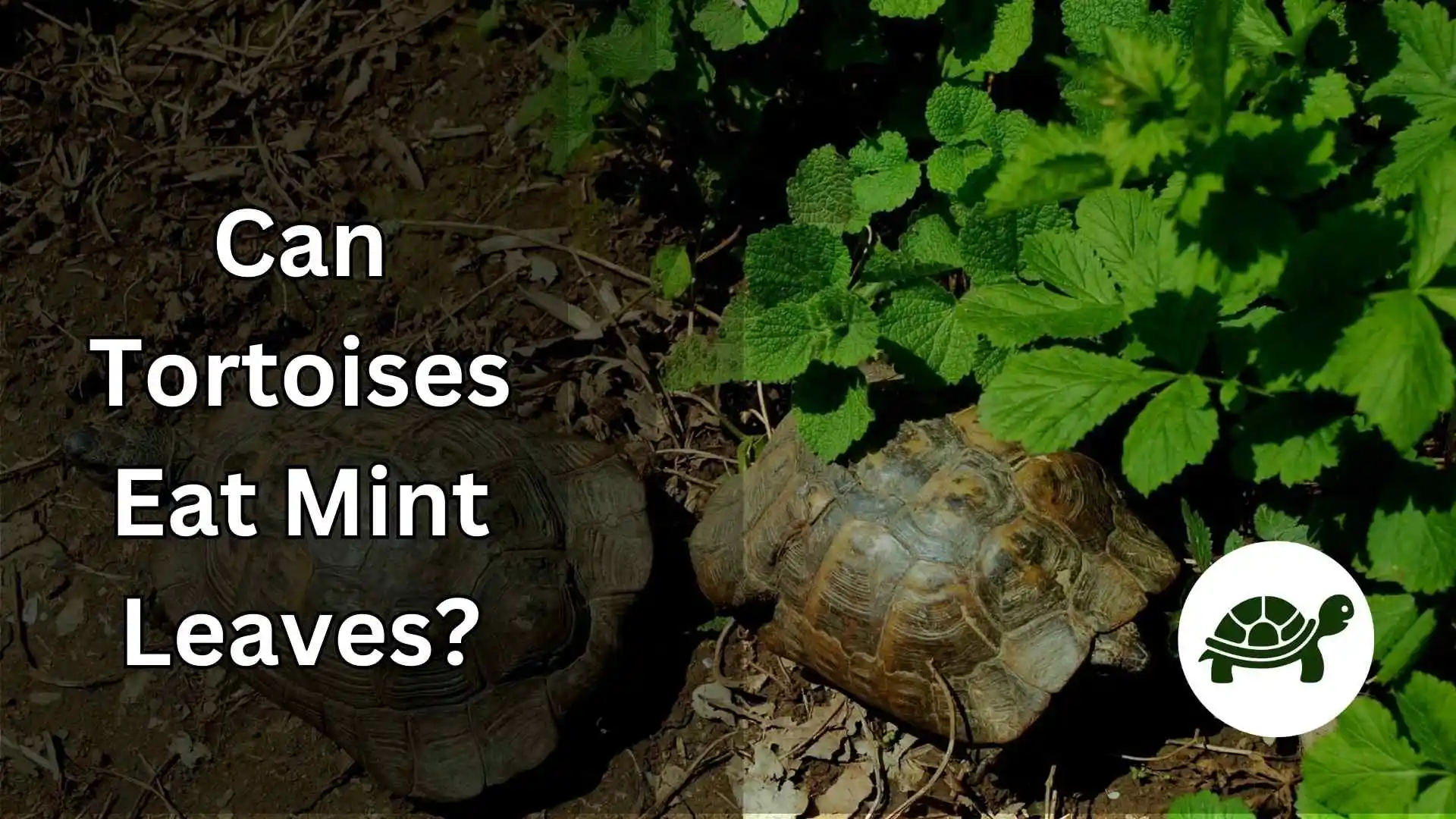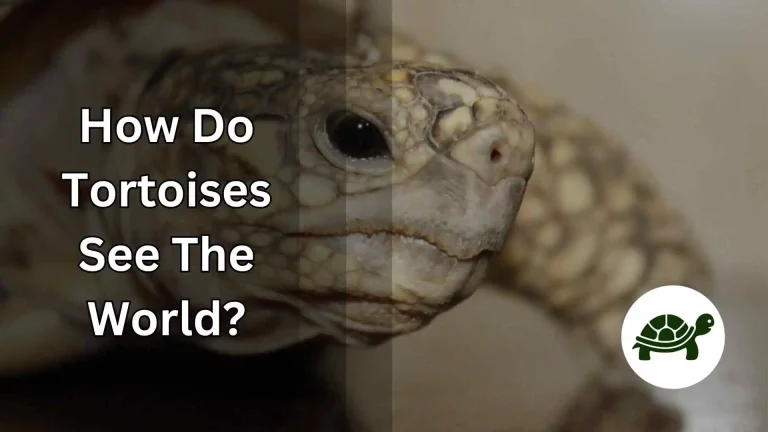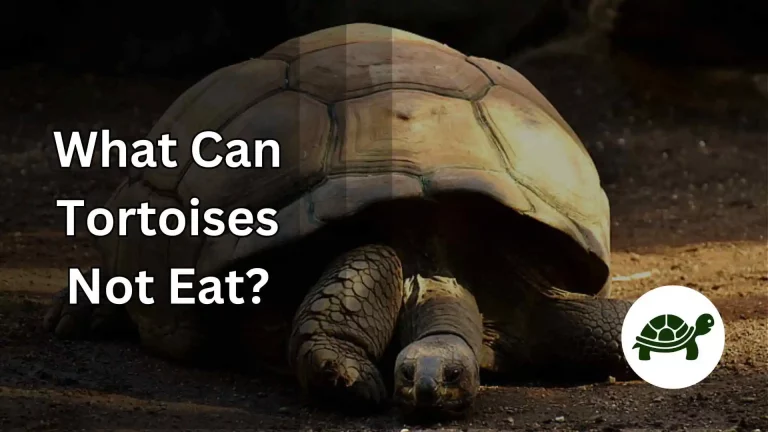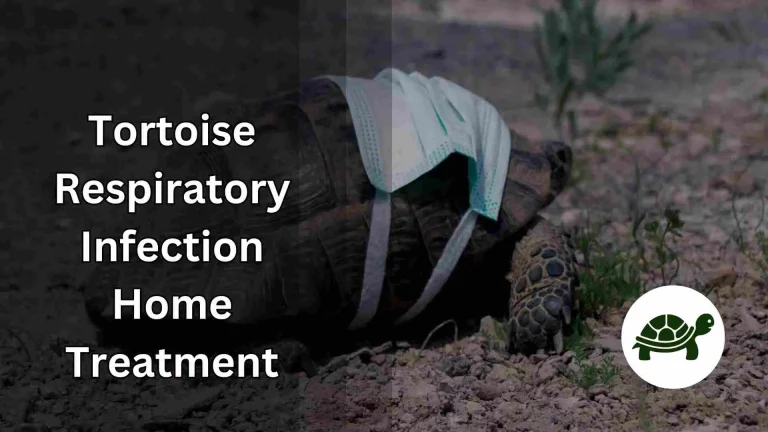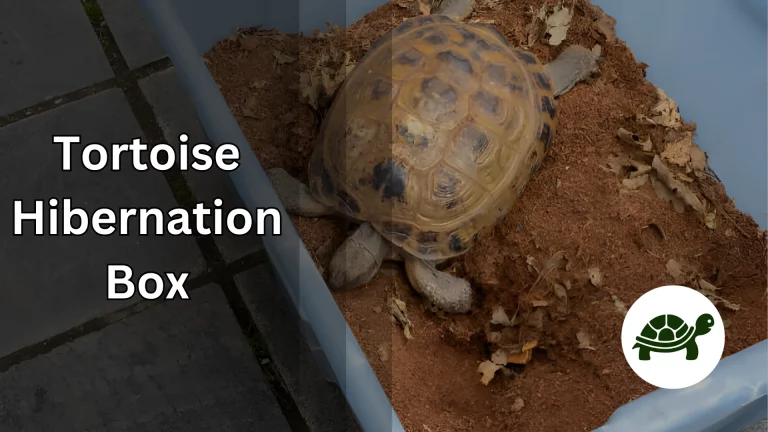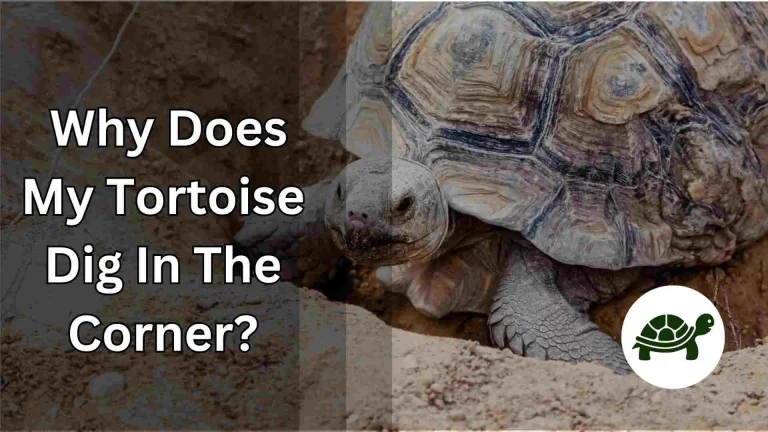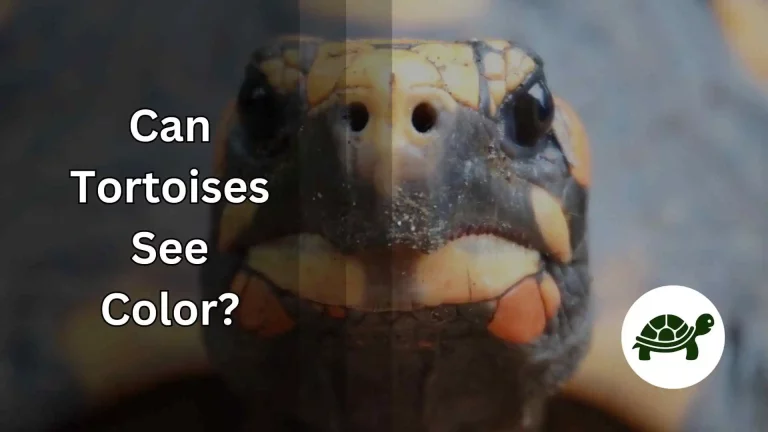Can Tortoises Eat Mint Leaves? – An Ultimate Guide
Welcome to the ultimate guide that answers the question many tortoise owners find themselves asking: “Can tortoises eat mint leaves?” If you’re a responsible pet owner, you know how important it is to understand your tortoise’s dietary needs. Feeding your shelled friend, the wrong food items could lead to health issues that are easily avoidable with the right knowledge.
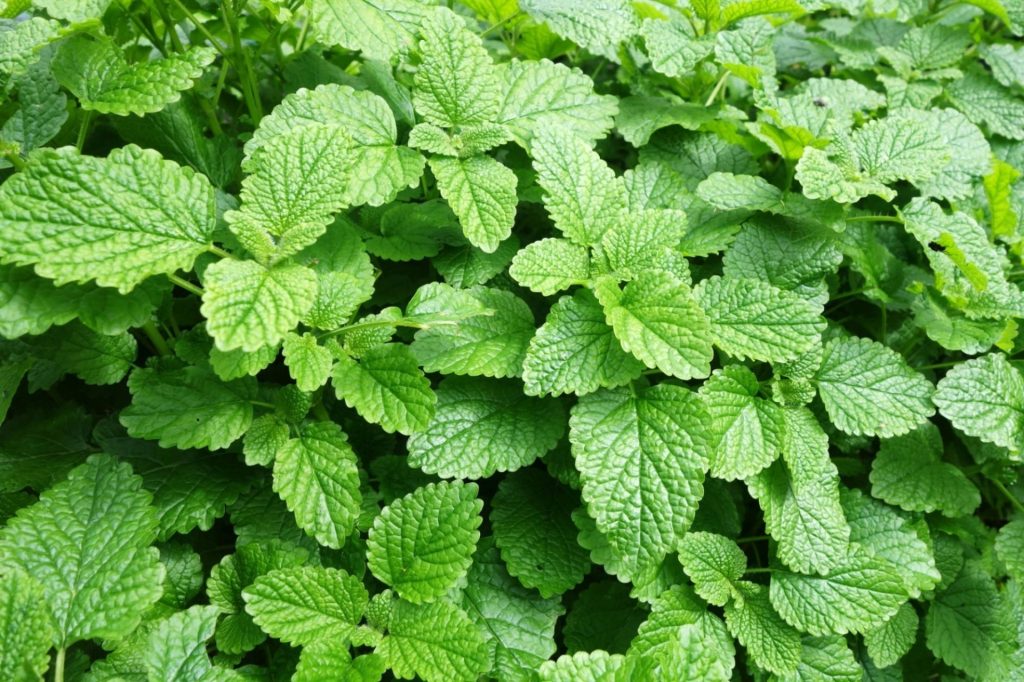
In today’s blog post, we’ll delve deep into the nutritional value of mint leaves and whether they should have a place in your tortoise’s diet. From scientific insights to expert opinions, we’ve gathered all the information you’ll need to make an informed decision.
So, let’s embark on this journey of culinary exploration for your tortoise, and discover if mint leaves are a green light or a no-go.
Why the Question Matters?
Understanding your tortoise’s dietary needs isn’t just about playing it safe; it’s about optimizing their health for a long, joyful life. The natural habitat of a tortoise can be quite different from the environment we create for them in our homes. In the wild, they have access to specific plants and grasses that are naturally part of their diet. When we bring them into our lives, the array of food options can significantly expand—sometimes into territories that are not necessarily healthy for them.
Now, you might think a leaf is a leaf when it comes to a tortoise’s diet, but that’s far from the truth. Not all plants are created equal in the eyes of nutrition and safety. Feeding your tortoise, the wrong type of leaf or plant could lead to a range of health issues, from digestive problems to nutrient imbalances. This is why asking questions like “Can tortoises eat mint leaves?” becomes critical. A simple culinary mistake could have long-term consequences for your pet’s health.
In summary, knowing what foods are safe and beneficial is an essential part of responsible tortoise ownership. So, it’s not just about whether they can eat something, but whether they should. As we dive into the nutritional facts and expert opinions about mint leaves, keep in mind that every choice you make impacts your tortoise’s well-being.
Nutritional Content of Mint Leaves
Mint leaves aren’t just a popular herb for humans; they are a package of various nutrients that could be a part of your tortoise’s diet. But before we decide if it’s a gourmet treat or a no-no for your shelled friend, let’s take a closer look at what’s inside these green leaves.
Mint is rich in vitamins like vitamin A, vitamin C, and some B vitamins. Vitamin A plays a crucial role in vision and immune system function, while vitamin C is an antioxidant that can help in tissue repair. Moreover, mint contains a variety of minerals like calcium, magnesium, and phosphorus, which are essential for strong bones and general well-being. These nutrients make mint leaves a rather intriguing option, but it’s the ‘whole picture’ that determines if they should be a part of your tortoise’s diet.
However, it’s not all sunshine and rainbows in the world of mint. These leaves also contain essential oils like menthol, which have strong flavors and properties. While these oils are what give mint its unique aroma and taste, they could potentially cause digestive issues in tortoises if consumed in large amounts. Thus, the nutritional benefits of mint leaves come with a side of caution.
Can Tortoises Safely Eat Mint Leaves?
After delving into the nutritional content of mint leaves, it’s time to answer the burning question on every tortoise owner’s mind: Can tortoises safely eat mint leaves? The short answer is yes, but with some important caveats. While mint leaves are not toxic to tortoises, they should only be offered in moderation and as part of a balanced diet.
Research and veterinary advice suggest that the essential oils found in mint leaves, such as menthol, can be challenging for a tortoise’s digestive system when consumed in large amounts. On the flip side, the vitamins and minerals present can contribute to their overall health. So, it’s all about balance and portion control. Offering a small number of mint leaves mixed with other safe greens can provide variety and potential health benefits without overloading their system with strong essential oils.
If you decide to introduce mint leaves to your tortoise’s diet, start slow. Offer a leaf or two and monitor for any signs of digestive distress such as loose stool or lethargy. If no issues arise, you can gradually include mint as an occasional treat alongside staples like dandelion greens, clover, and romaine lettuce. Always consult your vet before making any significant changes to your tortoise’s diet, especially if you have specific concerns or if your tortoise has preexisting health conditions.
Benefits of Feeding Mint to Tortoises
Digestive Benefits
· Mint is known for aiding digestion in many animals, including humans.
· Essential oils in mint can help with minor digestive issues when consumed in small amounts.
High Antioxidant Content
· Mint leaves are rich in antioxidants.
· Antioxidants combat oxidative stress, linked to aging and chronic diseases.
· Can be beneficial when offered as part of a diversified, balanced diet.
Flavor Variety
· Tortoises, like humans, appreciate variety in their diet.
· Mint can add a burst of flavor, making meals more engaging for your pet.
Moderation is Key
· Mint leaves should not replace staples in a tortoise’s diet.
· Serve as an occasional treat or supplement, always in moderation.
Risks and Precautions
While mint leaves offer several benefits when incorporated into a tortoise’s diet, it’s essential to proceed with caution. The saying “too much of a good thing” is particularly relevant here. So, what are the risks and precautions you should consider?
Firstly, let’s address the essential oils like menthol found in mint leaves. These oils, although beneficial in small doses, can pose a digestive challenge for tortoises when consumed in large quantities. Symptoms could range from mild digestive discomfort to more serious issues like diarrhea. If you notice any signs of digestive upset, consult your vet immediately.
Secondly, mint leaves should never dominate your tortoise’s diet. Even though they’re rich in vitamins and minerals, they lack certain nutrients like fiber that tortoises require for proper digestion and overall health. Always strive for a balanced diet made up mostly of staple foods, using mint leaves merely as an occasional treat.
Lastly, individual tortoises can have unique sensitivities or allergies. If it’s the first time you’re introducing mint leaves, start with a small amount and monitor your pet for any adverse reactions such as skin irritation or changes in behavior.
In summary, while mint leaves can be a good addition to a tortoise’s diet, they come with their own set of caveats. Always consult your vet before making significant changes to your tortoise’s diet, especially if your pet has any preexisting health conditions.
Serving Suggestions
You’re convinced that mint leaves could be a great addition to your tortoise’s diet, but how exactly should you serve them? Serving suggestions matter, not just for your tortoise’s enjoyment but also for their overall health and well-being.
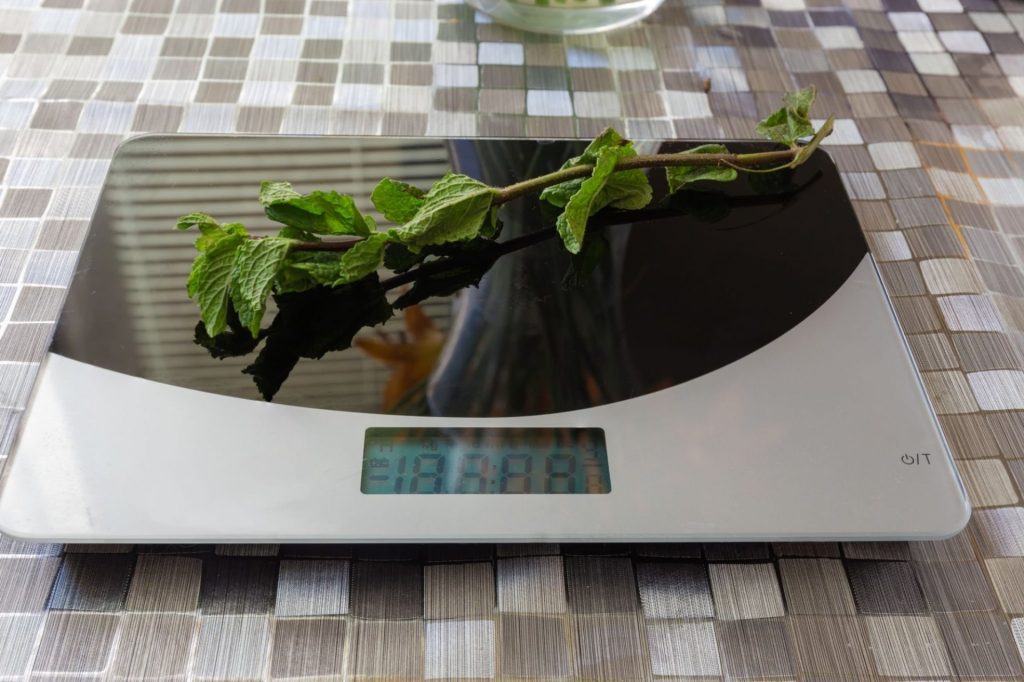
First of all, make sure the mint leaves you choose are organic and pesticide-free. Chemical residues can be harmful to tortoises and are best avoided. Wash the leaves thoroughly under running water to remove any dirt or possible contaminants.
Next, consider the portion size. A leaf or two mixed with other safe greens like dandelion greens, clover, and romaine lettuce can offer a balanced and enjoyable meal. Overloading on mint can overwhelm your tortoise’s digestive system, so moderation is key.
If you’re feeling creative, you can chop up the mint leaves and mix them with other fruits and vegetables that your tortoise enjoys. Some tortoise owners even create “salad bowls” filled with a variety of safe plants, adding a sprinkle of mint for flavor and nutritional variety.
Last but not least, always monitor your tortoise after introducing any new food, including mint leaves. Look for signs of digestive distress or allergic reactions, and consult your vet if you have any concerns.
In summary, introducing mint leaves to your tortoise’s diet can be a rewarding experience for both you and your pet, provided you follow these serving suggestions and precautions.
Alternatives to Mint Leaves
Maybe mint leaves aren’t your tortoise’s cup of tea, or perhaps you’re looking to diversify their diet further. Either way, there are several excellent alternatives that you can consider. Let’s explore some other safe and nutritious plants that can also make great additions to your tortoise’s menu.
Dandelion Greens
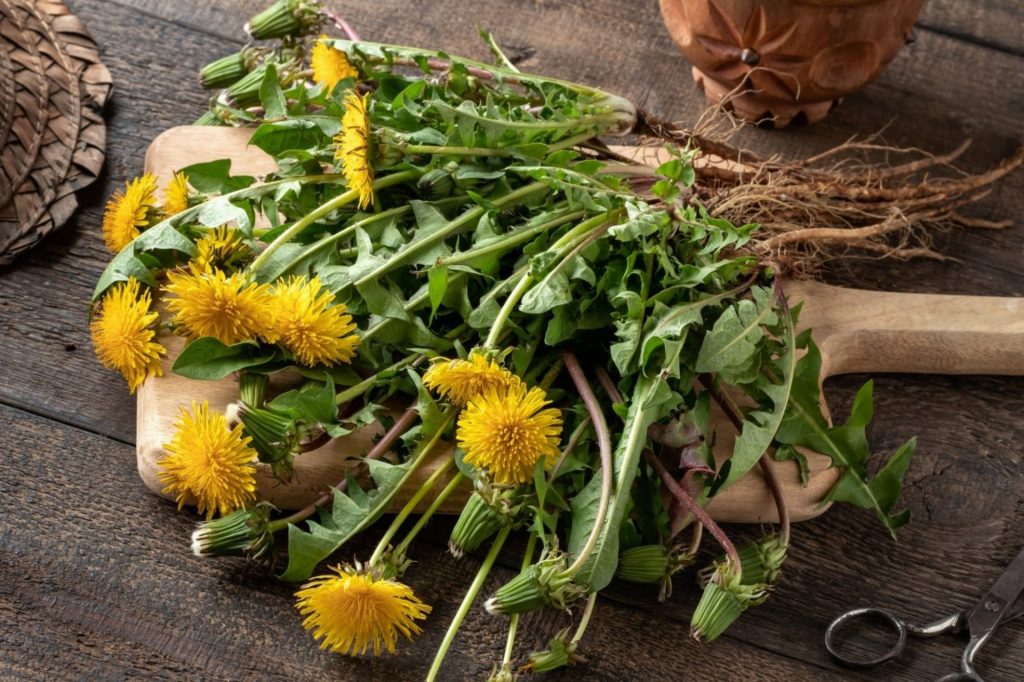
These are a fantastic source of calcium and other essential nutrients. Dandelion greens are usually well-accepted by tortoises and can be a staple in their diet.
Clover
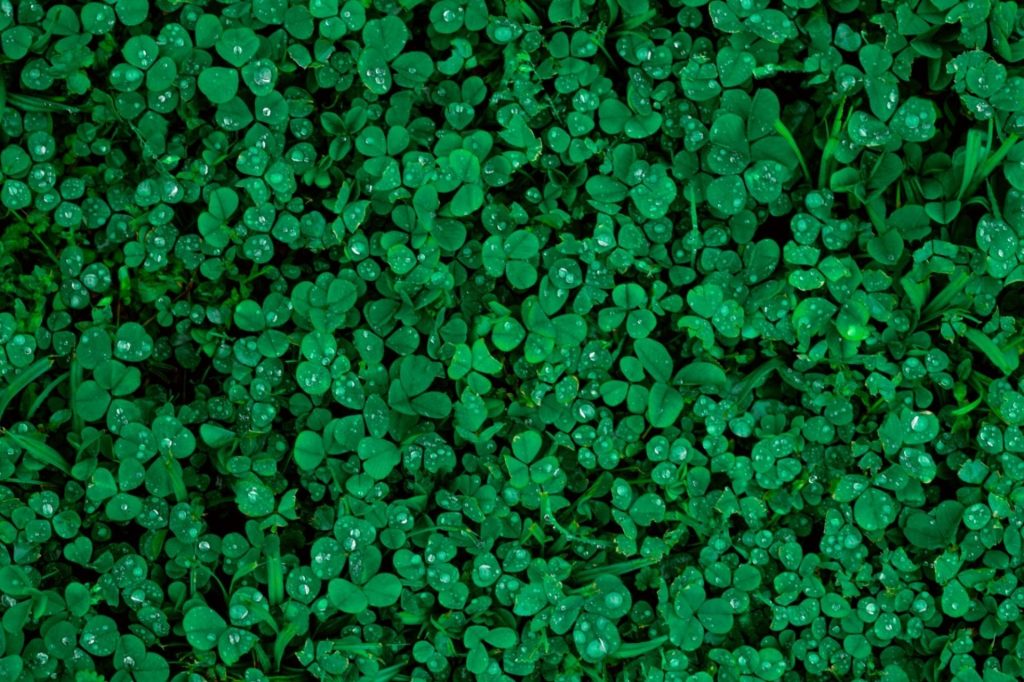
Another nutrient-rich option, clover is packed with vitamins and provides good fiber content, essential for your tortoise’s digestive system.
Romaine Lettuce
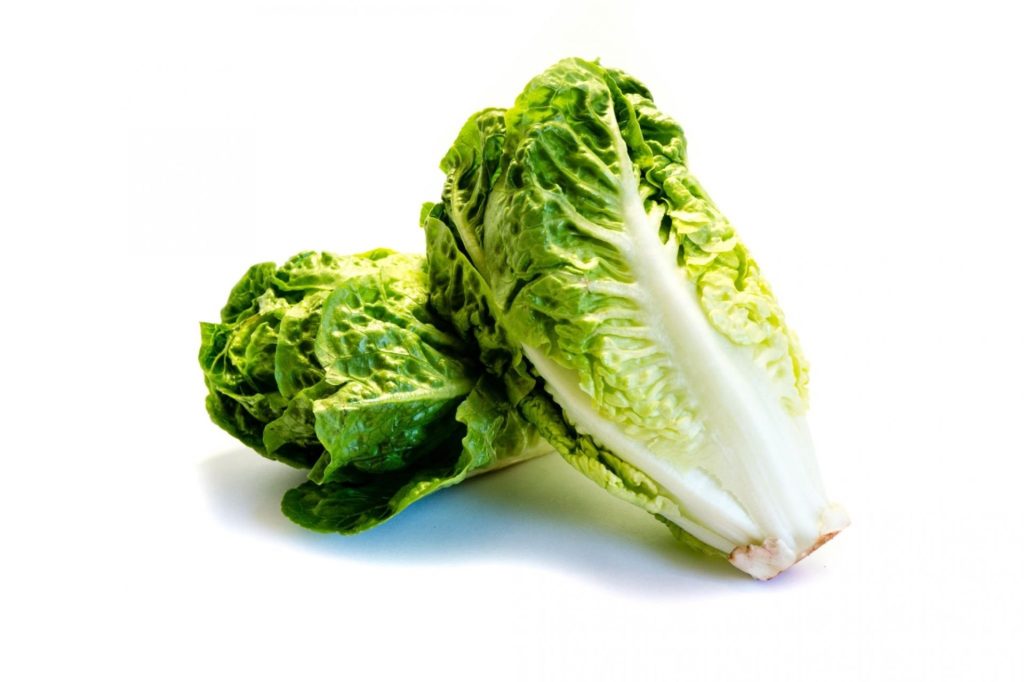
While not as nutrient-dense as some other options, romaine lettuce is generally safe and can provide hydration due to its high-water content.
Kale
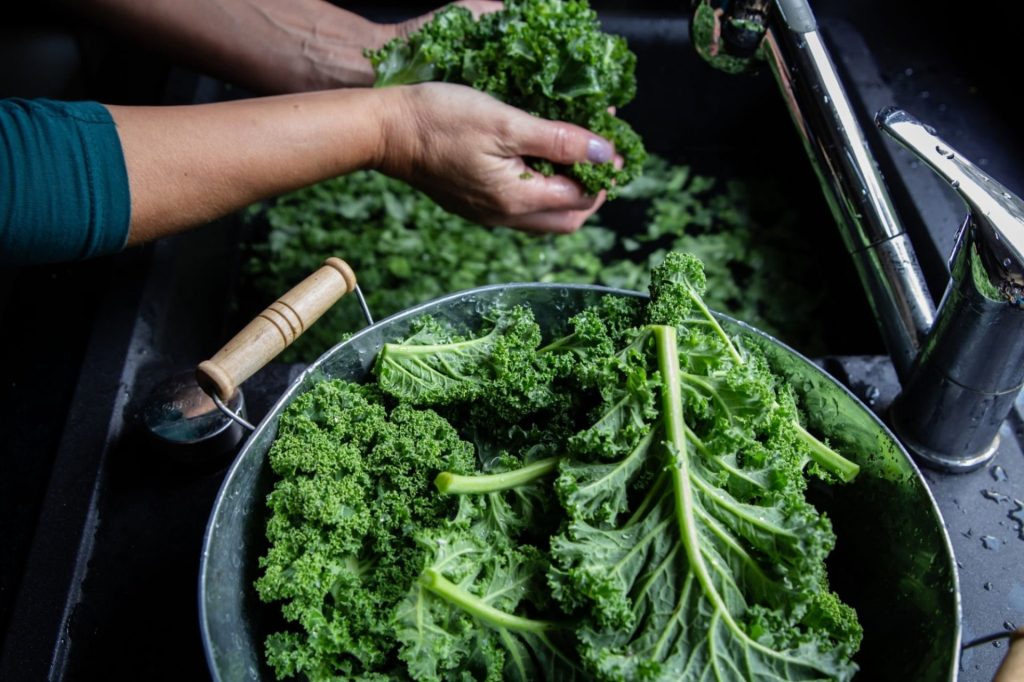
Rich in antioxidants and vitamins, kale is a good option but should be given in moderation due to its higher oxalate content, which can interfere with calcium absorption.
Collard Greens
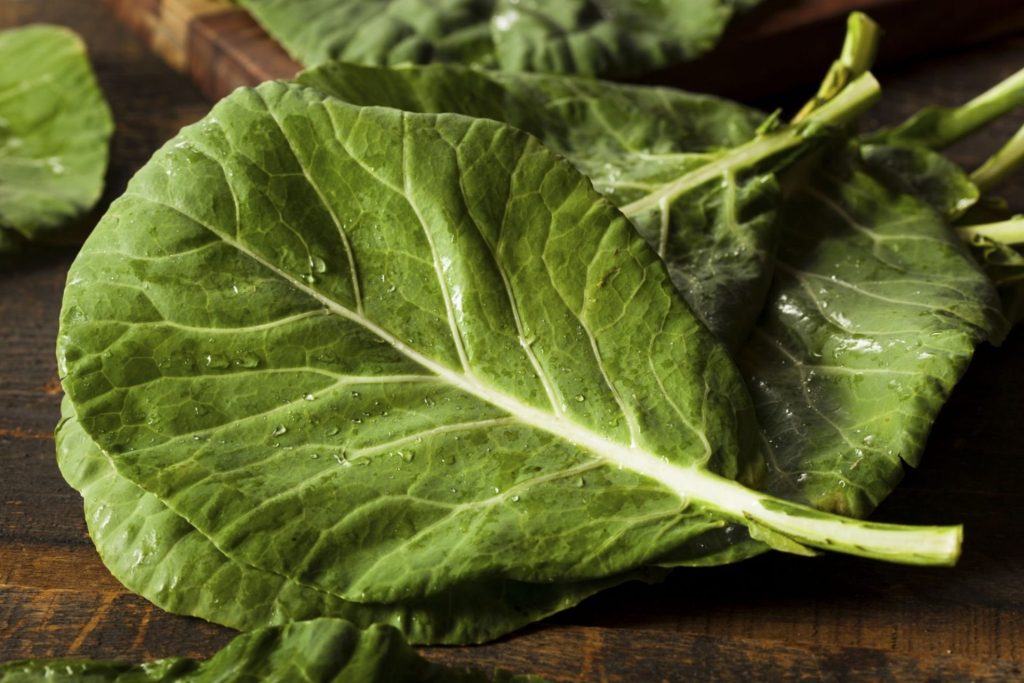
These are rich in vitamins A, C, and K, and they also provide a good amount of calcium. Collard greens are a nutritious choice that can be rotated into the diet.
Watercress
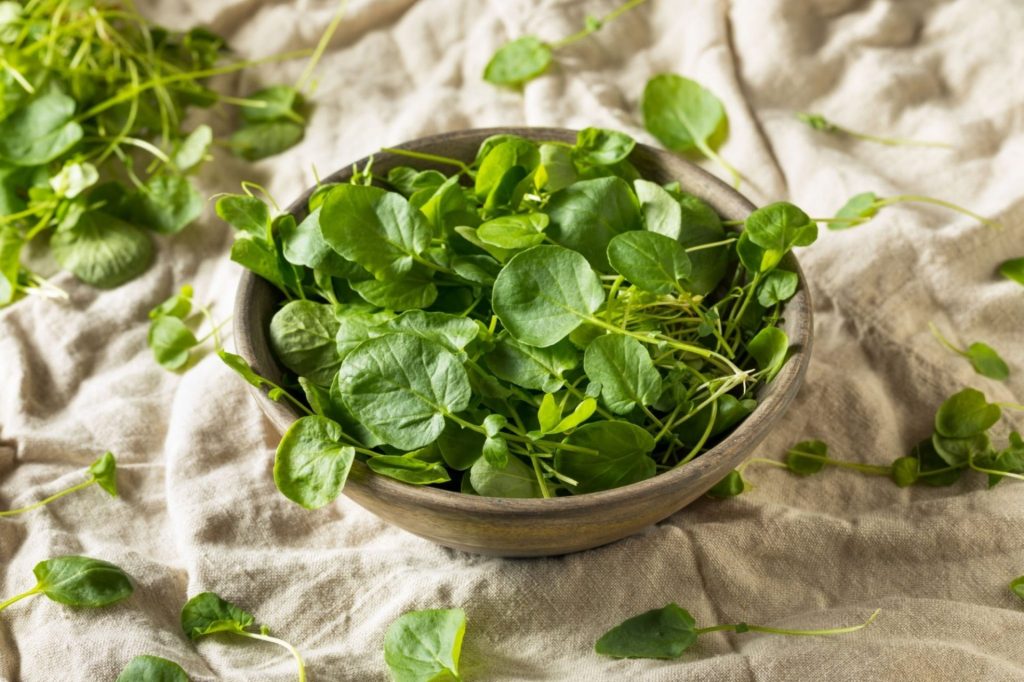
This plant offers a peppery flavor and is rich in vitamins A and C. Watercress can be a good occasional addition to provide dietary variety.
Remember, just like with mint leaves, it’s crucial to introduce any new plant slowly and in moderation. Always consult your vet before making significant changes to your tortoise’s diet, especially if they have any preexisting health conditions.
Frequently Asked Questions (FAQs)
As tortoise owners or potential owners, you may have additional questions about feeding mint leaves to your shelled friend. This FAQ section aims to address some of the most common queries, making your tortoise-feeding journey a more informed one.
1. Is mint toxic to tortoises?
No, mint is not toxic to tortoises. However, it should be given in moderation due to the essential oils that can be challenging for a tortoise’s digestive system.
2. How often can I feed mint leaves to my tortoise?
It’s best to feed mint leaves as an occasional treat rather than a regular part of the diet. Consult your vet for personalized advice.
3. Can I feed dried mint to my tortoise?
Dried mint is more concentrated and should be given sparingly. Fresh mint is generally a better option.
4. What are some signs of digestive distress in tortoises?
Signs can include loose stool, lethargy, and reduced appetite. Consult a vet if these symptoms persist.
5. Do I need to wash the mint leaves before feeding them to my tortoise?
Yes, always wash any fruits or vegetables, including mint leaves, to remove potential pesticides or contaminants.
6. Can I mix mint with other greens in my tortoise’s diet?
Absolutely! Mixing mint with other safe greens can offer a balanced meal and provide variety for your tortoise.
7. What about mint-flavored treats or supplements?
It’s best to stick with natural, fresh leaves and avoid any processed or flavored items, as they may contain additional ingredients not suitable for tortoises.
By addressing these frequently asked questions, we hope to clear up any uncertainties you may have about incorporating mint leaves into your tortoise’s diet. As always, for personalized advice tailored to your pet’s specific needs, consult your vet.
Conclusion
In wrapping up this comprehensive guide on whether tortoises can eat mint leaves, we’ve covered a lot of ground. From the nutritional benefits and risks to serving suggestions and alternative options, the goal has been to offer a thorough, balanced perspective.
Yes, mint leaves can be a beneficial addition to your tortoise’s diet, but like anything, they should be given in moderation. The key is to provide a balanced diet that includes a variety of safe greens and plants, allowing for occasional treats like mint leaves. Always consult your veterinarian for personalized advice, especially if you’re dealing with specific health concerns or preexisting conditions.
Whether you’re a seasoned tortoise owner or new to the tortoise-keeping community, we hope this guide has been enlightening. Offering your tortoise, a diversified diet not only contributes to their physical health but also keeps them engaged and happy. So go ahead, sprinkle a little mint into your tortoise’s life, but as always, do it wisely.

